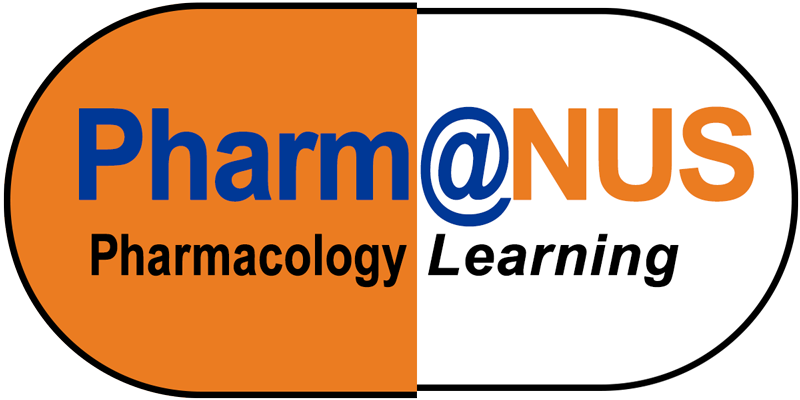Acetylcholinesterase (AChE) inhibitors will prevent the breakdown of acetylcholine (ACh) and so increase ACh levels. Increased ACh levels at autonomic nervous system ganglia should activate both the sympathetic and parasympathetic nervous systems. However, the adverse effects of AChE inhibitors outside of the CNS are mostly parasympathomimetic. Why do AChE inhibitors not stimulate the sympathetic nervous system as well?
Acetylcholinesterase (AChE) inhibitors increase the concentration of acetylcholine (ACh) at synapses by blocking its breakdown. This will activate both the sympathetic and parasympathetic systems, as the preganglionic neurons in both systems release ACh.
However, the impact of AChE inhibitors is more prominent on the parasympathetic nervous system for several reasons:
Continue reading
